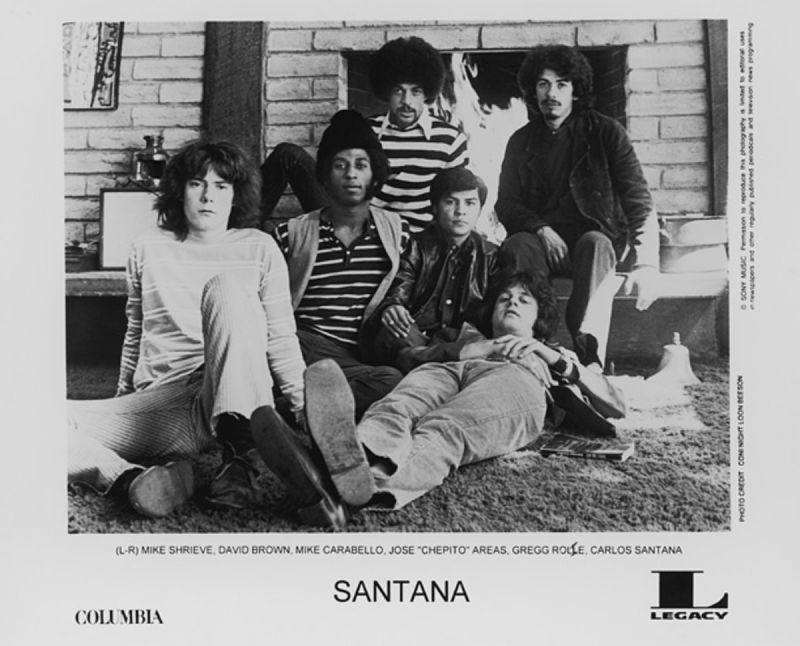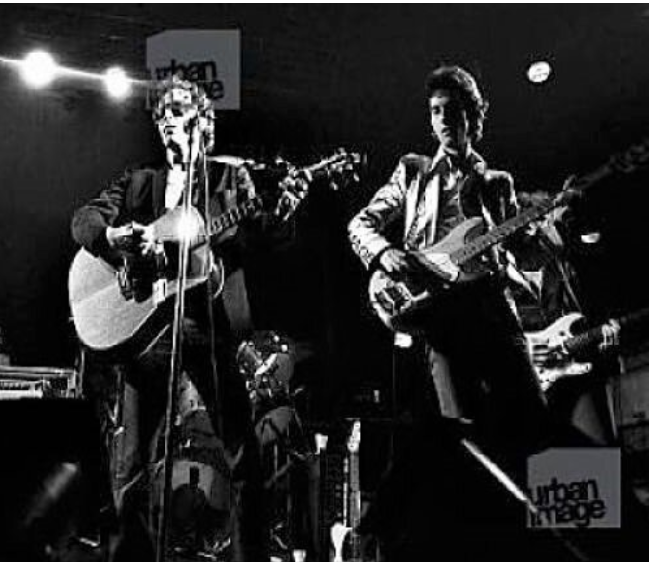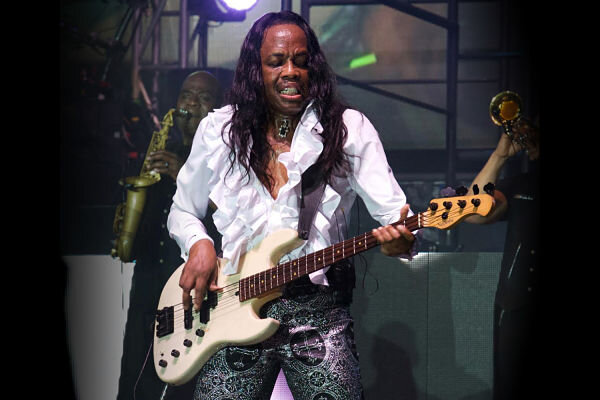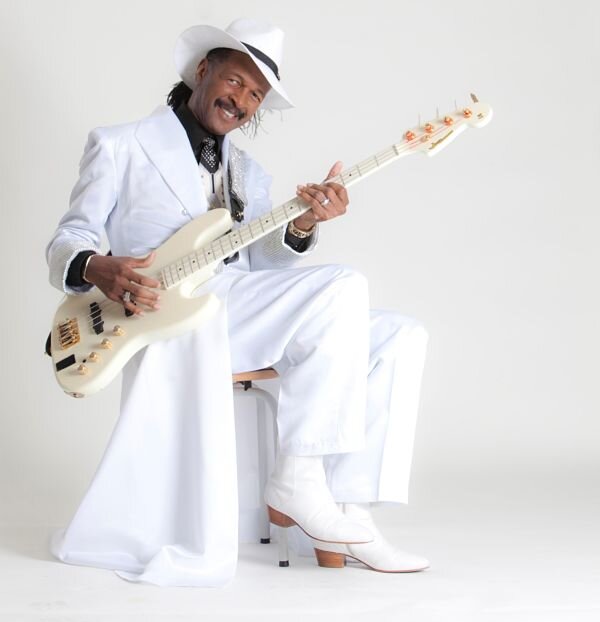David Brown (Santana)

If Know Your Bass Player employed a statistician, we’d discover that likely a billion people (and counting) have grooved in the past 50 years (and counting) to the Latin jazz fueled passages rendered by the late David Brown, founding member of Santana (1966-71, 1976).
As Carlos was a fervent practitioner of the multi-layered rhythmic modus operandi of electric Miles – and James Brown which utilized the art of repetition to the max, Brown intensely followed suite, digging deep in-the-pocket with hypnotic lines that grew more intense upon their reiteration with gradual harmonic embellishments.
David’s earthy tone was “pure” Fender Precision (though he occasionally used a Fender Jazz) – which he articulated by anchoring his thumb on the pick-up plate and either finger-picking by the bridge, or at the base of the neck– thereby eliciting the instrument’s signature “grrrrrowl” when he plied one of his rare and riveting fills.
Brown was a “feel’ player who was replaced on a few occasions in the Santana collective by more “accomplished” players, David passed in 2000, however not before he stood with his former bandmates at his Rock and Roll Hall of Fame induction. Carlos speaks very well of David in his must-read autobiography The Universal Tone: Bringing My Story to Light (2015 Back Bay Books).
David Brown Sound & Vision…
“Soul Sacrifice” from Woodstock https://youtu.be/AqZceAQSJvc
“Evil Ways” https://youtu.be/HPmPFY9PcCs
“Incident at Neshabur” https://youtu.be/338TDhTN7HQ
“Everybody’s Everything” https://youtu.be/Qj9-jqOAikY
“Everything Is Coming Our Way” https://youtu.be/7iRDRgr40NE
“Dance Sister Dance” https://youtu.be/lUwCUITkGwo
“Gitano” https://youtu.be/haiVzvjKKCU















